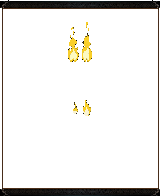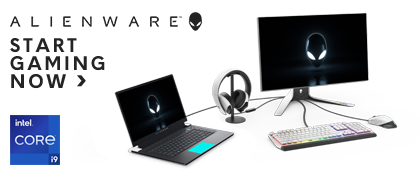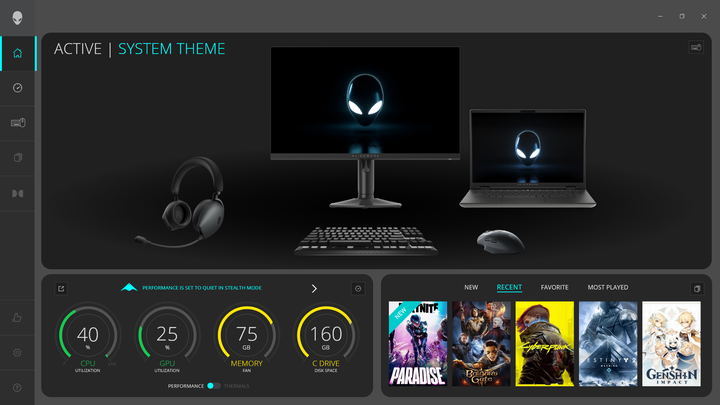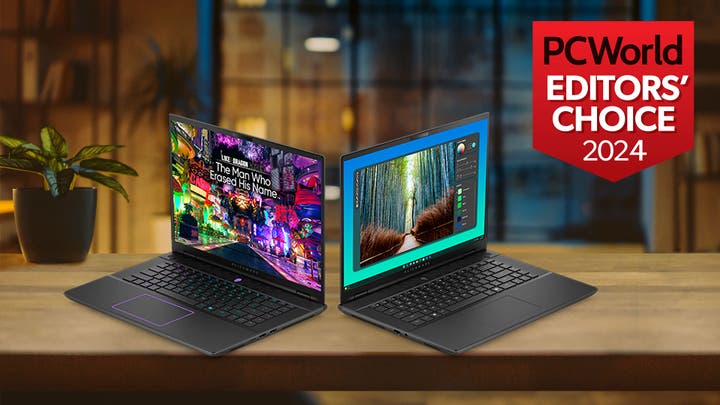Unveiled NVIDIA’s eighth-generation GPU architecture, Turing

Nvidia just unveiled its next generation Turing architecture at SIGGRAPH, a conference for graphics professionals. It also revealed the details on the upcoming line of Quadro RTX graphics cards for workstation users. This comes as a bit of a surprise, as most have been expecting Turing to first show up in the GTX 1180 and other GPUs in the near future. Those GeForce GPUs are still likely to go on sale first, but we now have some clear ideas of what to expect.

First, Turing is the name of the architecture, and it's the next evolution of Nvidia GPUs following Volta. NVIDIA’s eighth-generation GPU architecture,Turing features new RT Cores to accelerate ray tracing and new Tensor Cores for AI inferencing which, together for the first time, make real-time ray tracing possible.
Turing also enables the world’s first ray-tracing GPU and is the result of more than 10,000 engineering-years of effort. By using Turing’s hybrid rendering capabilities, applications can simulate the physical world at 6x the speed of the previous Pascal™ generation.
“Turing is NVIDIA’s most important innovation in computer graphics in more than a decade,” said Jensen Huang, founder and CEO of NVIDIA, speaking at the start of the annual SIGGRAPH conference. “Hybrid rendering will change the industry, opening up amazing possibilities that enhance our lives with more beautiful designs, richer entertainment and more interactive experiences. The arrival of real-time ray tracing is the Holy Grail of our industry.”

The company also unveiled its initial Turing-based products — the NVIDIA® Quadro® RTX™ 8000, Quadro RTX 6000 and Quadro RTX 5000 GPUs; Turing brings higher-bandwidth processing thanks to 4,608 CUDA cores along with support for high-bandwidth GDDR6 memory and the new one-cable VirtualLink VR. RTX adds new ray-tracing cores for high-quality, real-time rendering with global illumination.

To help developers take full advantage of these capabilities, NVIDIA has enhanced its RTX development platform with new AI, ray-tracing and simulation SDKs. It also announced that key graphics applications addressing millions of designers, artists and scientists are planning to take advantage of Turing features through the RTX development platform.
“This is a significant moment in the history of computer graphics,” said Jon Peddie, CEO of analyst firm JPR. “NVIDIA is delivering real-time ray tracing five years before we had thought possible."

Real-Time Ray Tracing Accelerated by RT Cores
The Turing architecture is armed with dedicated ray-tracing processors called RT Cores, which accelerate the computation of how light and sound travel in 3D environments at up to 10 GigaRays a second. Turing accelerates real-time ray tracing operations by up to 25x that of the previous Pascal generation, and GPU nodes can be used for final-frame rendering for film effects at more than 30x the speed of CPU nodes.
“Cinesite is proud to partner with Autodesk and NVIDIA to bring Arnold to the GPU, but we never expected to see results this dramatic,” said Michele Sciolette, CTO of Cinesite. “This means we can iterate faster, more frequently and with higher quality settings. This will completely change how our artists work.”
AI Accelerated by Powerful Tensor Cores
The Turing architecture also features Tensor Cores, processors that accelerate deep learning training and inferencing, providing up to 500 trillion tensor operations a second.
This level of performance powers AI-enhanced features for creating applications with powerful new capabilities. These include DLAA — deep learning anti-aliasing, which is a breakthrough in high-quality motion image generation — denoising, resolution scaling and video re-timing.
These features are part of the NVIDIA NGX™ software development kit, a new deep learning-powered technology stack that enables developers to easily integrate accelerated, enhanced graphics, photo imaging and video processing into applications with pre-trained networks.
Faster Simulation and Rasterization with New Turing Streaming Multiprocessor
Turing-based GPUs feature a new streaming multiprocessor (SM) architecture that adds an integer execution unit executing in parallel with the floating point datapath, and a new unified cache architecture with double the bandwidth of the previous generation.
Combined with new graphics technologies such as variable rate shading, the Turing SM achieves unprecedented levels of performance per core. With up to 4,608 CUDA cores, Turing supports up to 16 trillion floating point operations in parallel with 16 trillion integer operations per second.
Developers can take advantage of NVIDIA’s CUDA 10, FleX and PhysX SDKs to create complex simulations, such as particles or fluid dynamics for scientific visualization, virtual environments and special effects.
Quadro GPUs based on Turing will be initially available in the fourth quarter.













